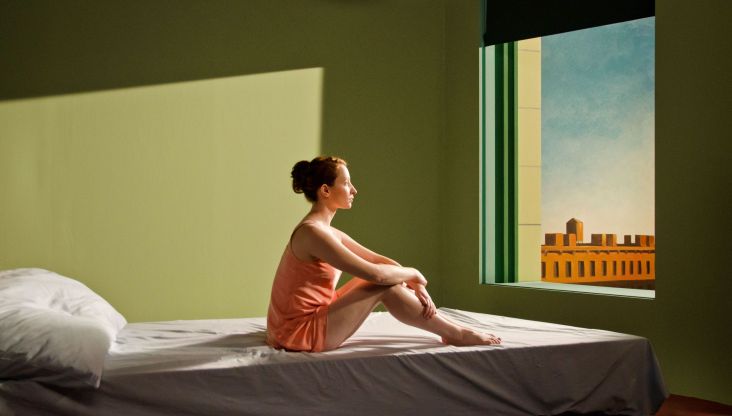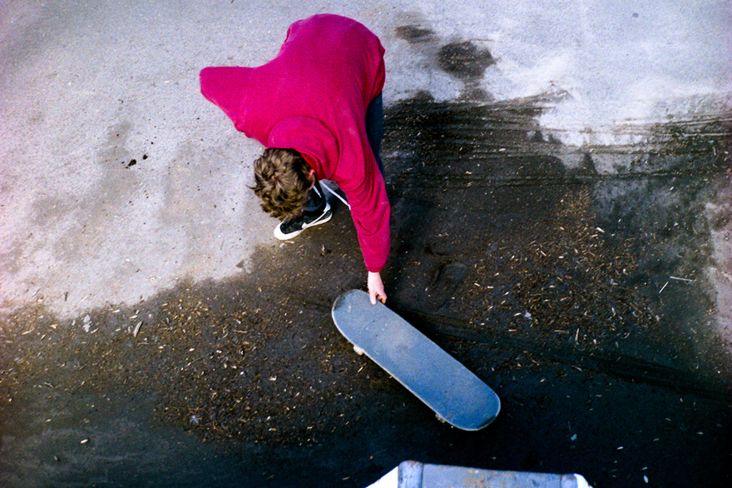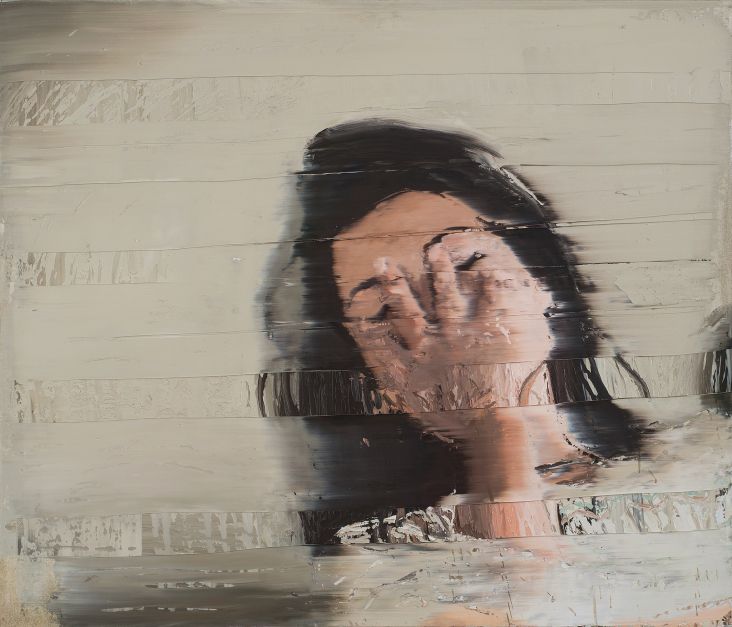Invisible Man: Gordon Parks & Ralph Ellison explore racism in Harlem over 60 years ago
Gordon Parks and Ralph Ellison are both recognised as major figures in American art and literature: Parks, a renowned photographer and filmmaker, was best known for his poignant and humanising photo-essays for Life magazine.
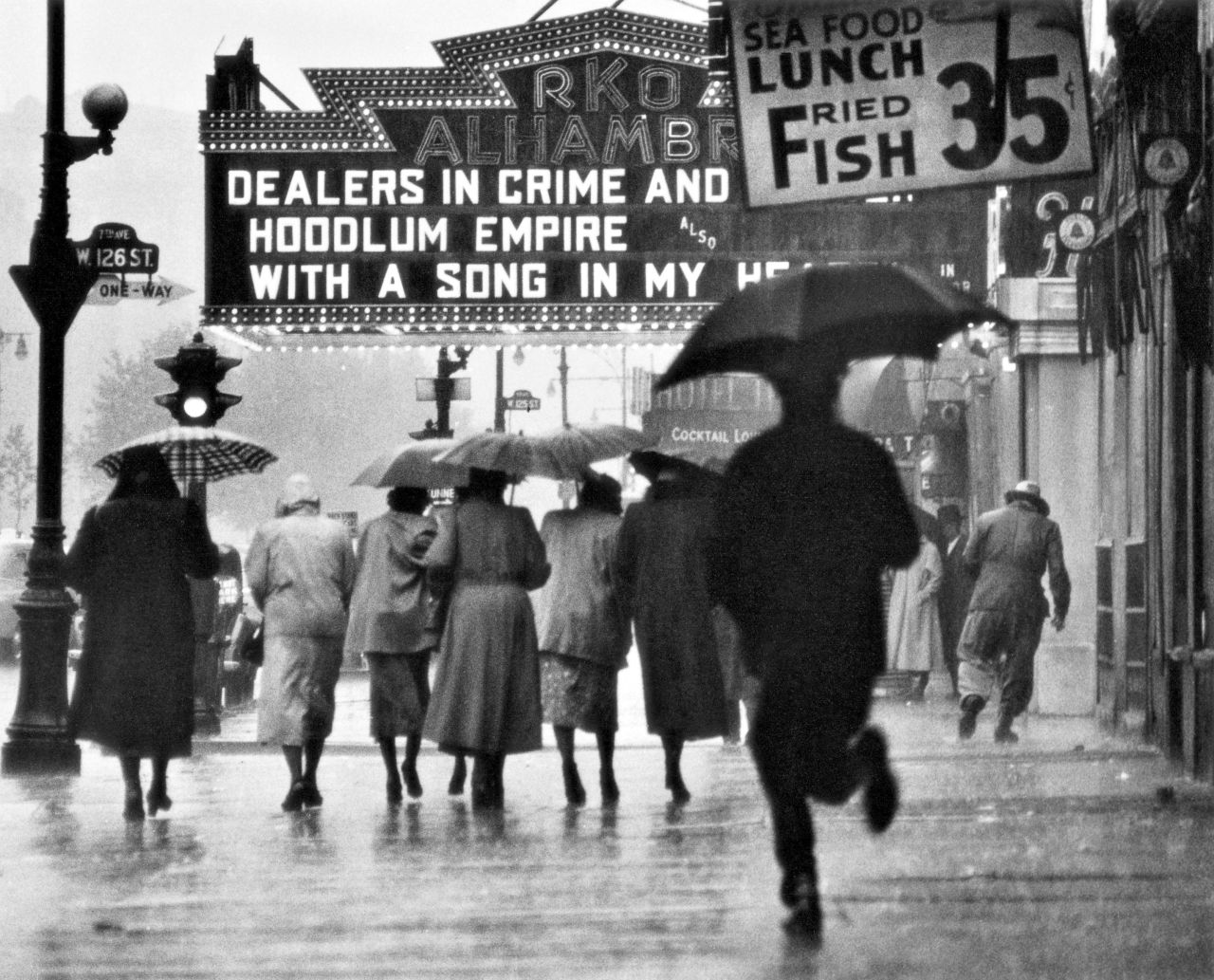
Gordon Parks. Harlem Neighborhood, Harlem, New York, 1952. The Gordon Parks Foundation.
Ellison authored one of the most acclaimed—and debated—novels of the 20th century, Invisible Man (1952). What is less known about these two esteemed artists is that their friendship, coupled with a shared vision of racial injustices and a belief in the communicative power of photography, inspired collaboration on two projects, one in 1948 and another in 1952.
Capitalising on the growing popularity of the picture press, Parks and Ellison first joined forces in 1948, on an essay titled Harlem Is Nowhere for ’48: The Magazine of the Year, which focused on Harlem’s Lafargue Mental Hygiene Clinic as a means of highlighting the social and economic effects of racism and segregation.
In 1952 they again worked together, producing A Man Becomes Invisible for Life magazine, which illustrated scenes from Ellison’s Invisible Man. Both projects aimed to make the black experience visible in post-war America, with Harlem as its nerve centre. However, neither essay was published as originally conceived—the first was lost, while only a fragment of the second appeared in print.
Now, for the first time, you can see the surviving photographs and texts intended for the two projects at an exhibition at the Art Institute Chicago, including never-before-seen photographs by Parks from the collections of the Art Institute and the Gordon Parks Foundation and unpublished manuscripts by Ellison. Revealed in these frank depictions of Harlem is Ellison and Parks’s symbiotic insistence on making race a larger, universal issue, finding an alternative, productive means of representing African American life, and importantly, staking a claim for the black individual within—rather than separate from—the breadth of American culture.
Make sure you pay a visit to Art Institute Chicago to see Invisible Man: Gordon Parks and Ralph Ellison in Harlem – through to 28 August 2016. More details here: www.artic.edu or watch the video below to discover more.
Via direct submission | All images courtesy of Art Institute Chicago
Main image credit: Gordon Parks. Harlem Neighbourhood, Harlem, New York, 1952. The Gordon Parks Foundation.
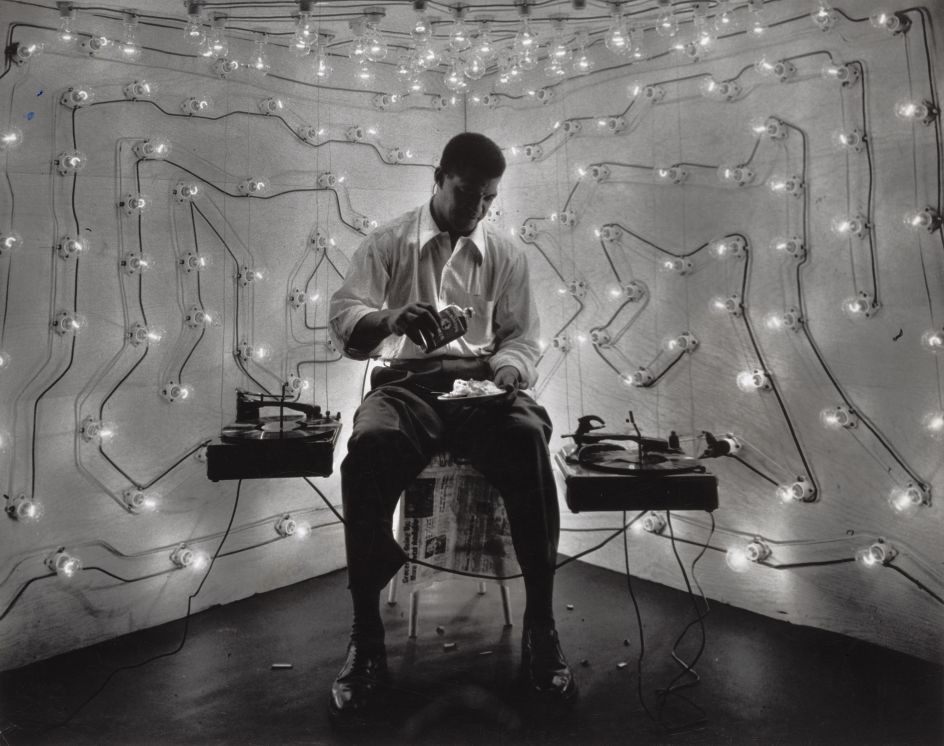
Gordon Parks. Untitled, Harlem, New York, 1952. The Art Institute of Chicago, anonymous gift.
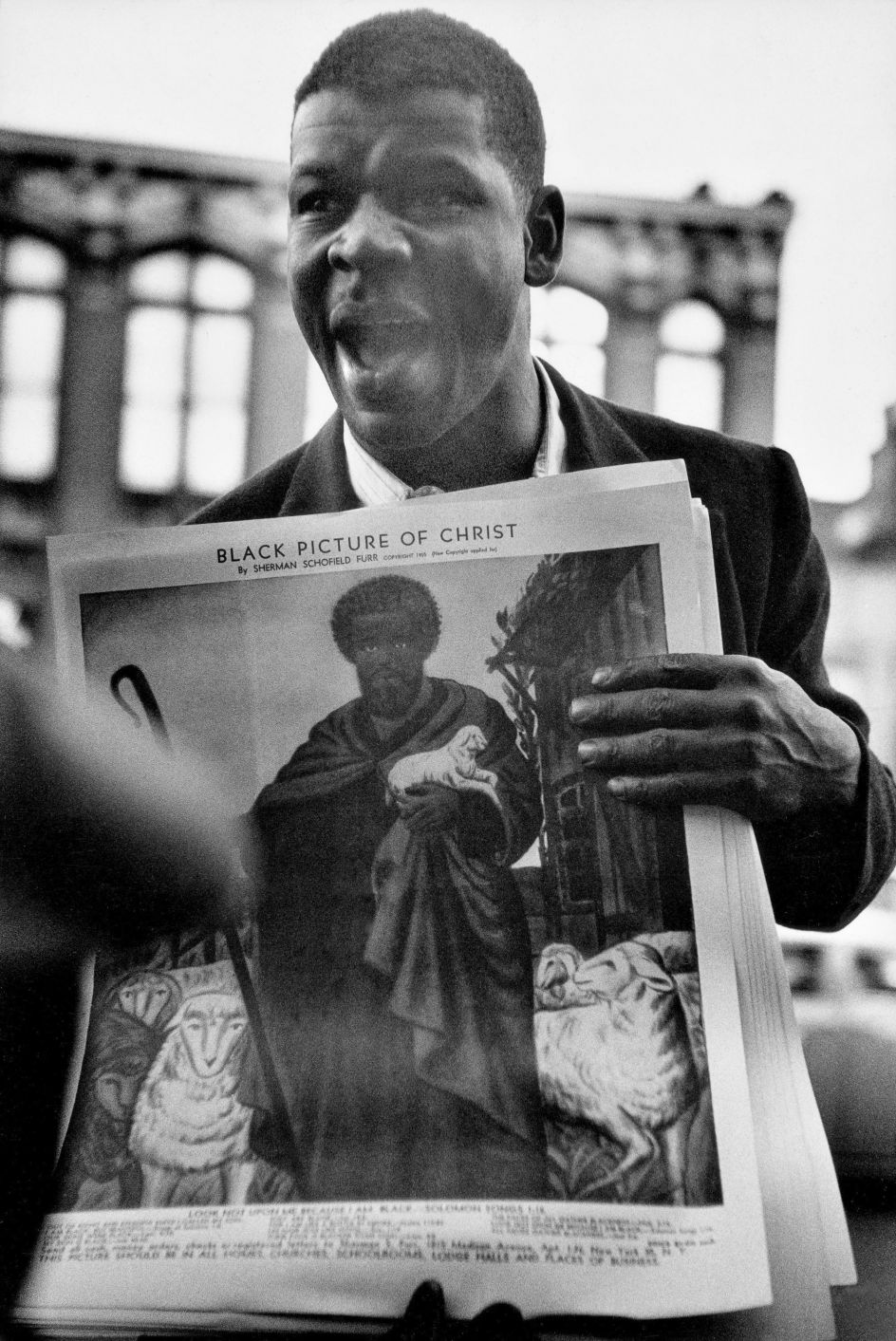
Gordon Parks. Soapbox Operator, Harlem, New York, 1952. The Gordon Parks Foundation.
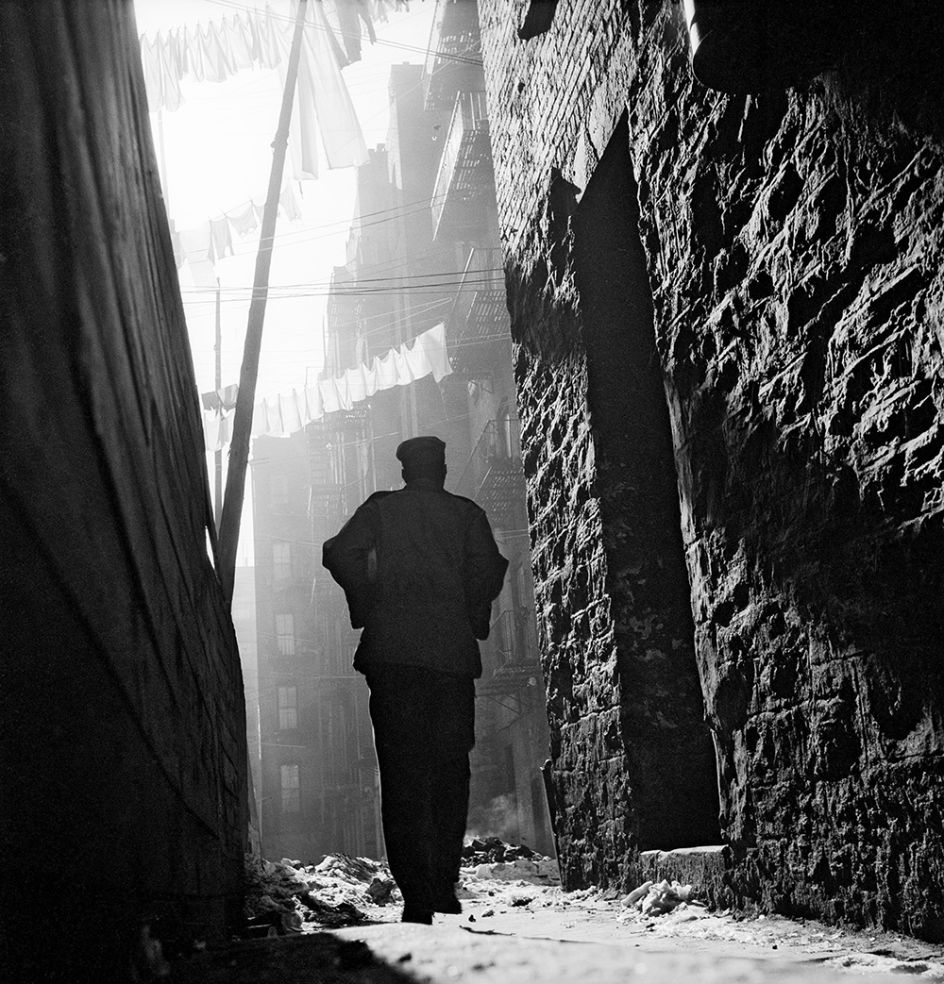
Gordon Parks. Off On My Own, Harlem, New York, 1948. The Gordon Parks Foundation.
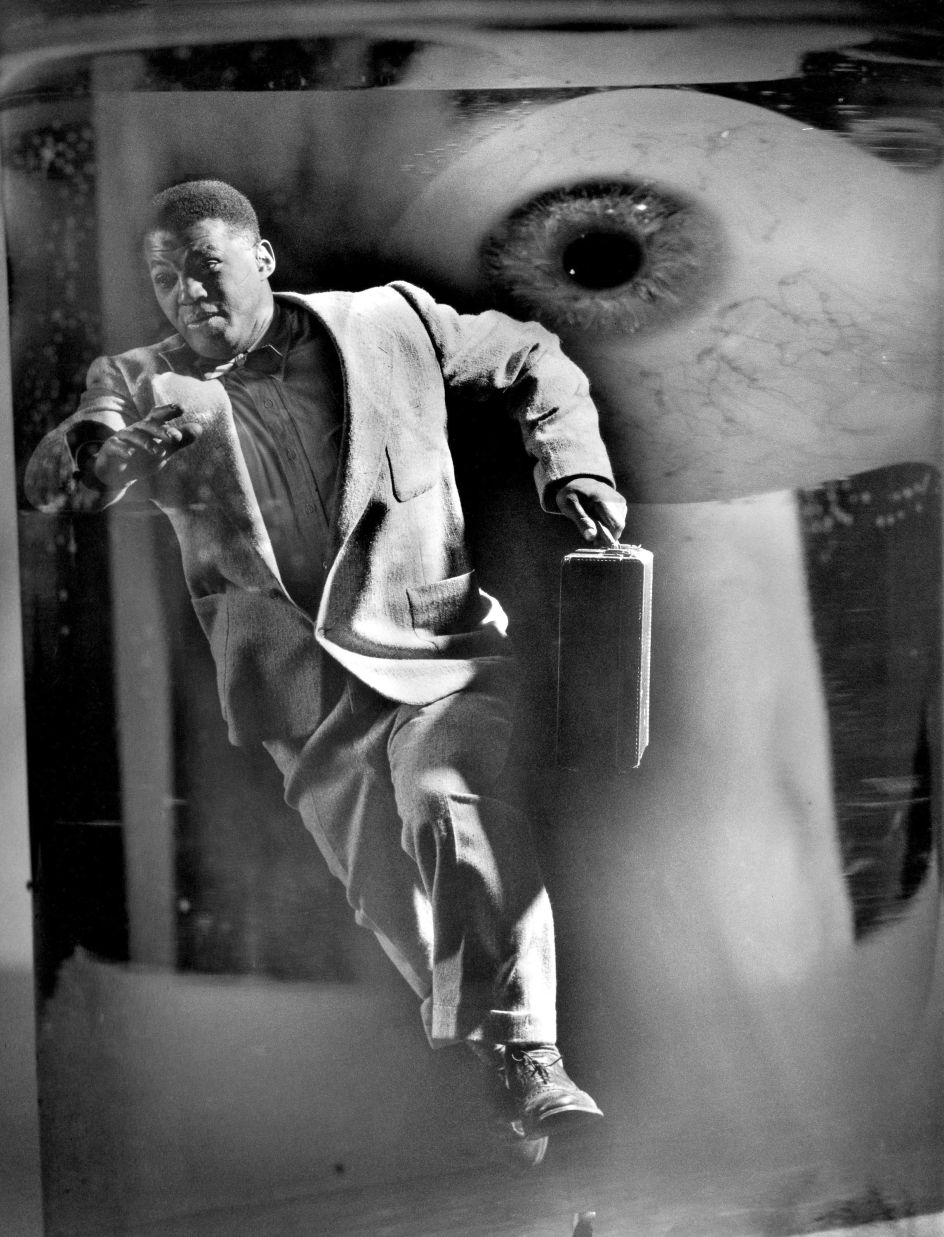
Gordon Parks. Untitled, Harlem, New York, 1952. The Gordon Parks Foundation.




 by Tüpokompanii](https://www.creativeboom.com/upload/articles/58/58684538770fb5b428dc1882f7a732f153500153_732.jpg)


 using <a href="https://www.ohnotype.co/fonts/obviously" target="_blank">Obviously</a> by Oh No Type Co., Art Director, Brand & Creative—Spotify](https://www.creativeboom.com/upload/articles/6e/6ed31eddc26fa563f213fc76d6993dab9231ffe4_732.jpg)









